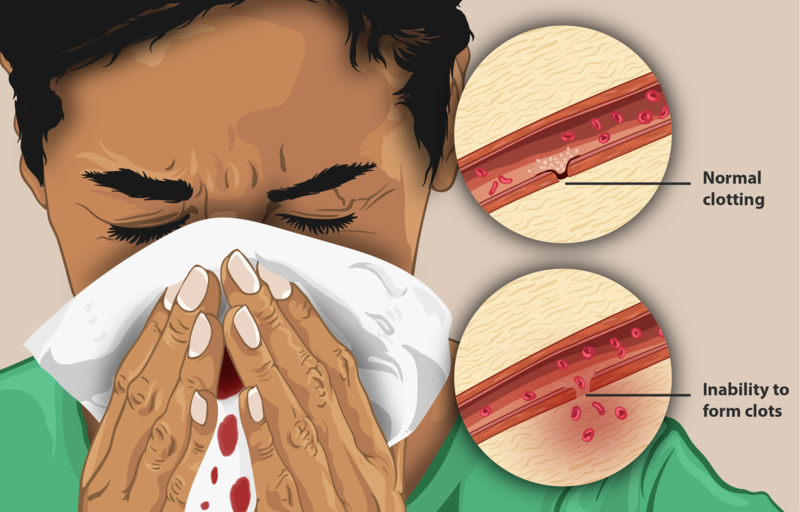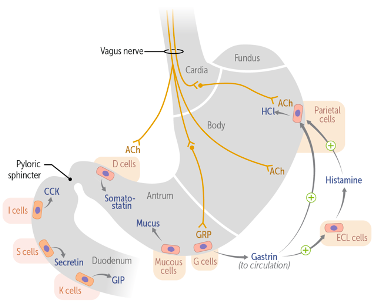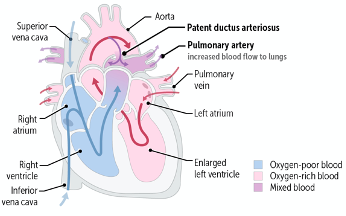Posts Tagged ‘Rx Bricks’
Hemophilia (Re-release)

Hemophilia is a bleeding disorder resulting from defects in factors of the coagulation cascade. There are two primary types of hemophilia: A and B. Both types of hemophilia are rare, with only a combined frequency of about 1 in 5000 live births. Of the two types, hemophilia A is about four times more common. In…
Read MorePain Mechanisms

Pain is a sensation that warns of potential injury and alerts the person to avoid or treat it. For example, if you touch a hot object, you will feel pain and immediately remove your hand from that object, protecting your hand from further damage. As much as pain can burden and torment, ultimately it is…
Read MoreGastrointestinal Regulatory Substances

As we eat, our gastrointestinal (GI) system releases a host of both local and distant regulators to control the process of digestion. We will begin with the primary hormones, then cover some of the secondary hormones, and lastly discuss how our body senses its intraluminal contents and then subsequently integrates all of the various stimuli…
Read MoreMigraine, Cluster, and Tension Headaches

Headaches are an unavoidable fact of life and often are nothing more than the result of sitting through one too many lectures. However, they can become debilitating and get in the way of daily life, especially when they become recurrent. Although some headaches have symptoms other than head pain, we typically think of headache pain…
Read MorePatent Ductus Arteriosis

he ductus arteriosus (DA) is a structure that allows blood pumped from the right side of the heart to bypass the lungs while the fetus is developing in utero. Normally, the DA closes shortly after birth and becomes the ligamentum arteriosum. When the DA fails to close (remains open, or patent) after birth, it is…
Read MoreCongenital Disorders of the Reproductive Systems

In typical reproductive system development, recall that the intermediate mesoderm forms the mesonephric (Wolffian) and paramesonephric (Müllerian) ducts and the indifferent gonads; primitive germ cells migrate into the indifferent gonads. These are the structures that become the internal organs of the reproductive systems. After listening to this AudioBrick, you should be able to: Describe the…
Read MoreStimulants and Cognitive-Enhancing Drugs

Stimulant medications are drugs that increase alertness and attention. They also elevate heart rate, blood pressure, and respiratory rate. Stimulants are used to treat many conditions, including attention-deficit/hyperactivity disorder (ADHD), chronic lethargy, narcolepsy, and obesity. Examples of stimulants include caffeine, amphetamines (such as dextroamphetamine), methylphenidate, and modafinil. Cognitive-enhancing drugs serve a similar purpose, increasing memory,…
Read MoreHematopoietic Malignancies: Putting It All Together

If you’ve studied the hematopoietic system malignancies—all the leukemias, lymphomas, and plasma cell disorders—you probably feel like you’ve been hit with the good old medical school fire hose. Now’s a good time to take a step back from all the details, make sure that you remember the underlying framework, and pull together some information that…
Read MoreMegaloblastic Anemia

Megaloblast. Now there’s a word you don’t hear every day. The root -blast (from the Greek blastos, meaning germ or bud) may be somewhat familiar since we talk about blast cells (very young hematopoietic precursor cells) in hematology. And megalo- (from the Greek megas, meaning large or great) is also used fairly frequently, as in splenomegaly (enlargement…
Read MoreDiabetes Melllitus: Foundations and Frameworks

Blood glucose is proof that you can have too much of a good thing. While glucose serves a critical role as fuel for many of our bodily functions, it must remain in a very tightly controlled range. If the level goes too low, you can fall into a coma. If glucose is too high, damage…
Read More









